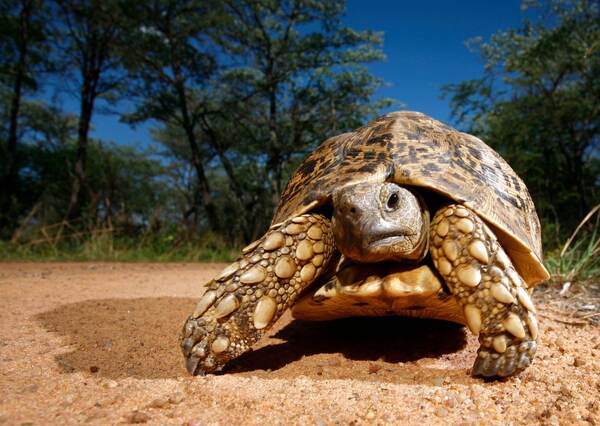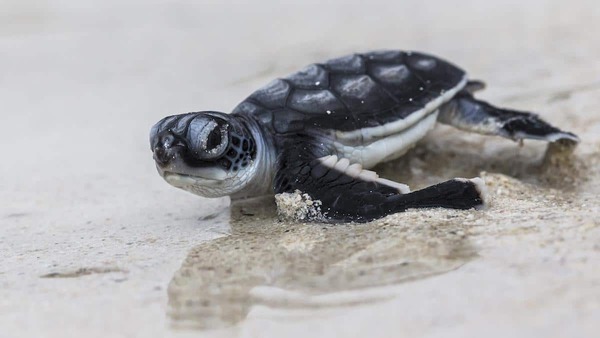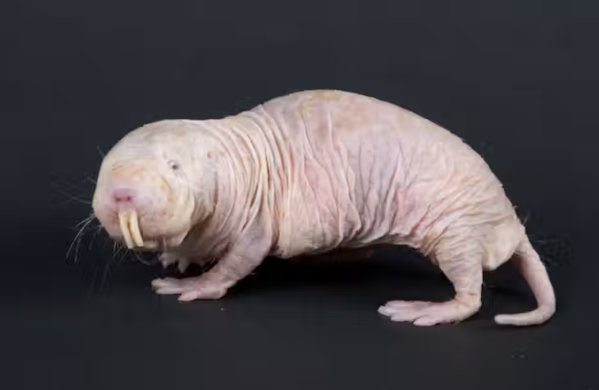The phrase "burying your head in the sand" is often used to describe someone who ignores an obvious problem or avoids reality. This saying is commonly associated with certain animals, leading many to believe that some creatures literally bury their heads in the sand. But which animal is primarily linked to this behavior, and is it true? Let’s delve into the facts and uncover the truth behind this intriguing notion.
The animal most commonly associated with burying its head in the sand is the ostrich (Struthio camelus). These large flightless birds are native to Africa and are known for their incredible speed and size. Adult ostriches can reach heights of up to 9 feet and weigh between 220 to 350 pounds.
The myth that ostriches bury their heads in the sand originates from their behavior when they feel threatened. Instead of burying their heads, ostriches may lie flat on the ground and stretch their necks out, making them less visible to predators. This behavior is an instinctive survival tactic to avoid detection.
Additionally, ostriches will sometimes dig shallow holes in the sand to create a nest for their eggs. While they do occasionally put their heads close to the ground, they do not literally bury their heads in the sand. This misconception has persisted due to misinterpretations of their behavior.

While ostriches are the most notable example, several other animals exhibit behaviors that could lead to similar misconceptions:
Similar to ostriches, sandgrouse are ground-dwelling birds found in arid regions. They have a unique nesting behavior that involves digging small depressions in the sand. When they feel threatened, they may flatten themselves against the ground, making them difficult to spot.

Some tortoise species, like the desert tortoise, may bury themselves in the sand or soil to escape extreme heat or avoid predators. They dig shallow holes with their forelimbs and retreat into them, but they do not keep their heads buried for extended periods.

Animals such as rabbits and groundhogs dig burrows in the ground for shelter and safety. While they may temporarily hide their heads when entering their burrows, they do not have the same connotation as the ostrich myth.

The antelope ground squirrel is known for its burrowing behavior. When threatened, it will often dive into its burrow quickly. While it does not literally bury its head in the sand, it does use the ground as a means of concealment, which may give the impression of "hiding."

The fennec fox, native to the Sahara Desert, is an adept digger. This small fox will often dig in the sand to find food or create a burrow for shelter. While it doesn't bury its head in the sand to avoid danger, it does use the sand for various purposes, which might contribute to the misconception.

The piping plover, a small shorebird, often uses camouflage and its sandy environment to avoid predators. When threatened, these birds may crouch low to the ground, blending in with their surroundings, rather than literally burying their heads in the sand.

When sea turtles hatch, they instinctively dig their way out of the sand to reach the ocean. While they do not bury their heads in the sand, their nesting behavior involves significant interaction with sand, as they are often seen digging with their flippers before emerging.

Mole rats are another group of burrowing animals. When they feel threatened, they quickly retreat into their underground tunnels. While they don’t bury their heads in the sand per se, they rely on their burrowing abilities to avoid danger.

The idea that animals bury their heads in the sand is largely a metaphorical expression rather than a literal truth. While some animals exhibit behaviors that may involve hiding or seeking shelter, the notion of "burying one's head" as a response to danger or difficulty is more of a psychological concept than a behavioral reality.
The myth that ostriches and other animals bury their heads in the sand is rooted in misunderstandings of their natural behaviors. While some animals exhibit behaviors that may involve hiding or seeking shelter, such as the antelope ground squirrel, fennec fox, and various burrowing animals, the notion of "burying one's head" is largely exaggerated.
Understanding these behaviors not only dispels common myths but also highlights the fascinating adaptations of these animals in the wild. Instead of hiding, many animals face their challenges in remarkable ways, adapting to their environments and ensuring their survival.
animal tags: Ostriches
We created this article in conjunction with AI technology, then made sure it was fact-checked and edited by a Animals Top editor.